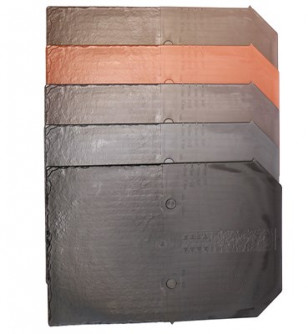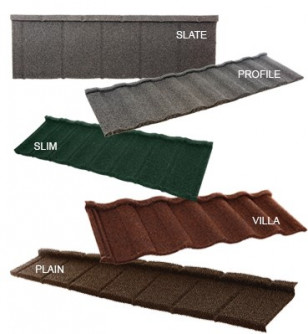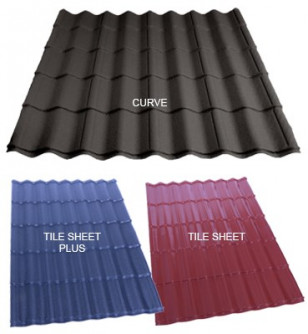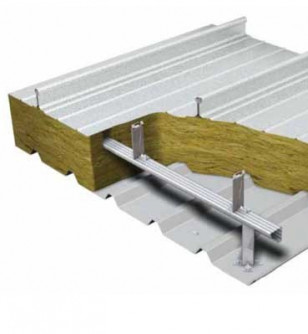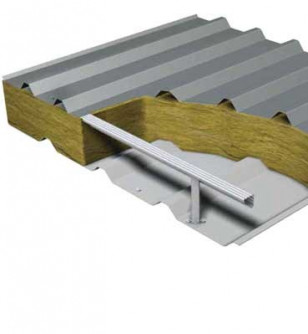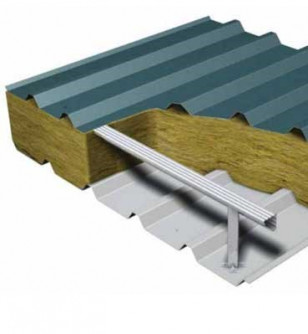Blackdown biodiverse roofs adopt many of the features of an extensive green roof and can be planted with vegetation to replace or replicate a lost habitat or allowed to naturally develop over time. They are light to medium weight with relatively shallow substrate depths.
Key Features & Applications
- Blackdown biodiverse roofs are suitable for lightweight roof decks, inaccessible roofs, flat or shallow sloping roofs and are equally suited to re-roofing or new build projects
- They are versatile, economic and support a wide range of native and non-native plant species; so encouraging biodiversity. They can also help reduce stormwater run-off
- Blackdown Greenroofs comply with the GRO Green Roof Code of Best Practice 2011 and the German Landscaping and Landscape Development Research Facility (FLL) Guidelines
Design, Planting & Waterproofing
- Biodiverse roofs have a typical build-up height of 80–200mm (including drainage layer) and do not typically require irrigation once the plant material is established
- Planting can include grasses, wildflowers, succulents and herb species. Additionally, organic material such as logs, shelter stones and piles of sand and gravel can be incorprated into the substrate to encourage invertebrates
- The brown roof variant recreates conditions of reclaimed brown field sites
- Waterproofing options include Derbigum membranes, Euroroof Mastergold membranes, Hydrotech structural waterproofing and standing seam roofing
Installation & Maintenance
- Blackdown Greenroofs can be installed by the Blackdown Greenroofs in-house contracts division or by Alumasc's nationwide network of Registered Contractors
- Biodiverse roofs are easy to install, do not require irrigation and need minimal maintenance
- Warranties are available for the Alumasc waterproofing system used in the green roof build up
https://www.alumascroofing.co.uk/ - Alumasc Roofing: leading supplier of innovative, high-performance flat roof systems, waterproofing and green roof systems


